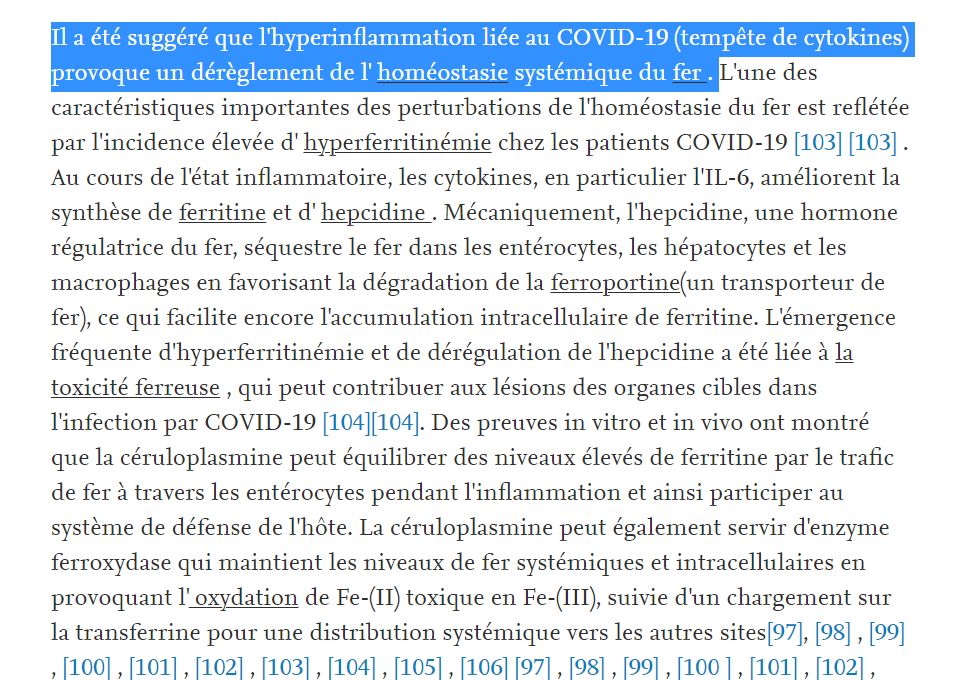Associations of essential and toxic metals/metalloids in whole blood with both disease severity and mortality in patients with COVID‐19
Hao‐Long Zeng Faseb J 12 February 2021
The variations and dynamics of essential and toxic metal(loid)s in patients with COVID‐19 may associate with the progression and fatal outcome of the disease, which still remains to investigate. In the present study, a retrospective analysis was performed in a cohort of 306 confirmed COVID‐19 patients admitted to Tongji hospital (Wuhan, China) from February 10 to March 15, 2020. Whole blood levels of essential and/or toxic metal(loid)s were analyzed, including magnesium, calcium, chromium, manganese, iron, copper, zinc, arsenic, cadmium, mercury, thallium, and lead according to the disease severity and outcome.
Compared to the non‐severe COVID‐19 patients, severe cases showed significant higher levels of whole blood calcium, chromium, and copper, but lower levels of magnesium, manganese, iron, zinc, arsenic, thallium, and lead.
These differences were further found consistently across the clinical course since the disease onset by longitudinal analysis. Among the severe patients, chromium and cadmium were higher in the deceased group compared to the recovered group, while arsenic was lower. Whole blood iron, age, and sex were determined to be independent factors associated with the disease severity, while chromium, cadmium, and the comorbidity of cardiovascular disease were determined to be independent factors associated with the mortality.
These results suggest that variations of whole blood metal(loid)s may be associated with the severe illness and fatal outcome of COVID‐19, which could be persistently monitored and would be helpful in the evaluation of the dynamic changes in patients with COVID‐19.

















